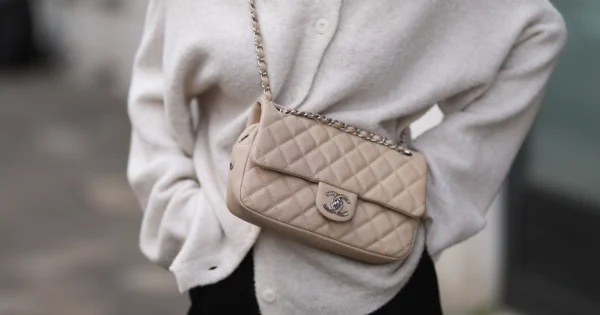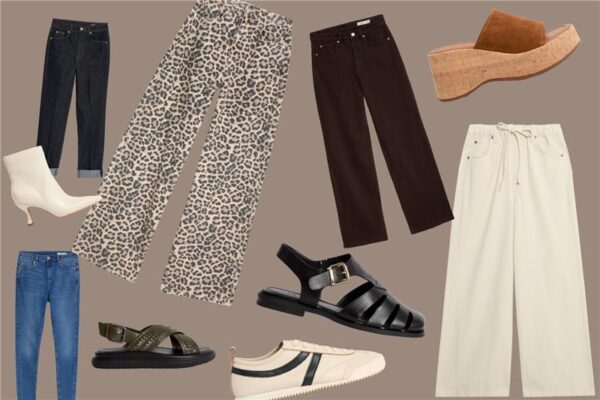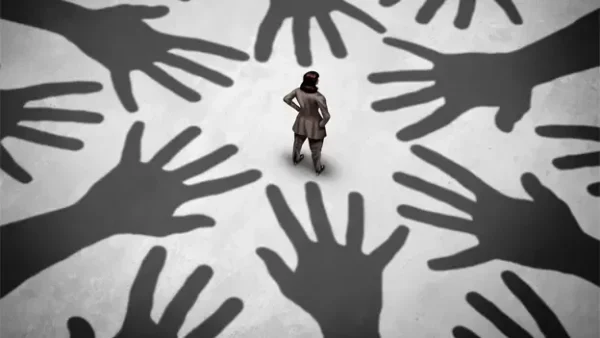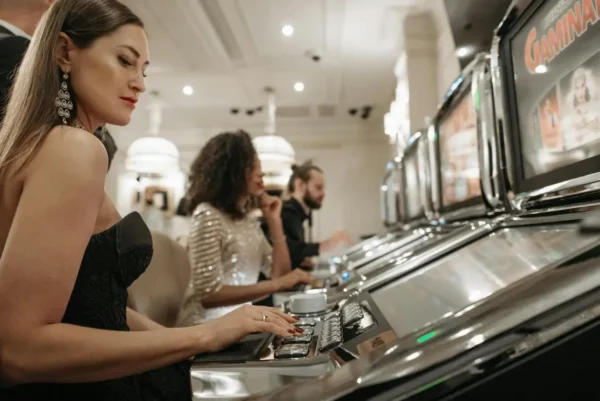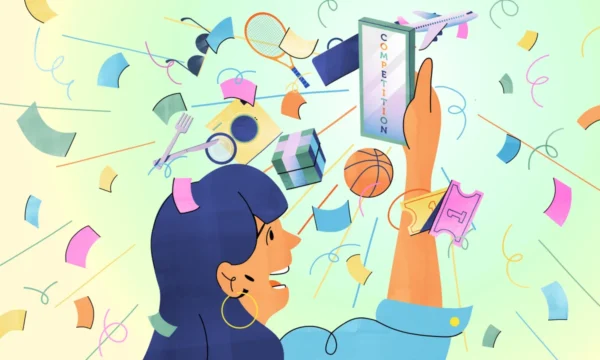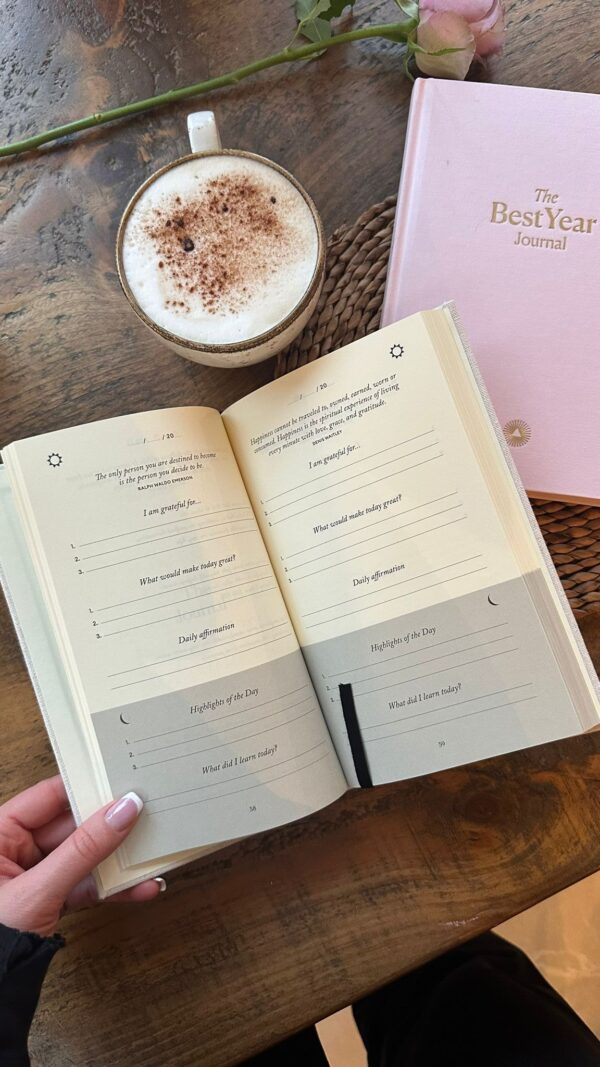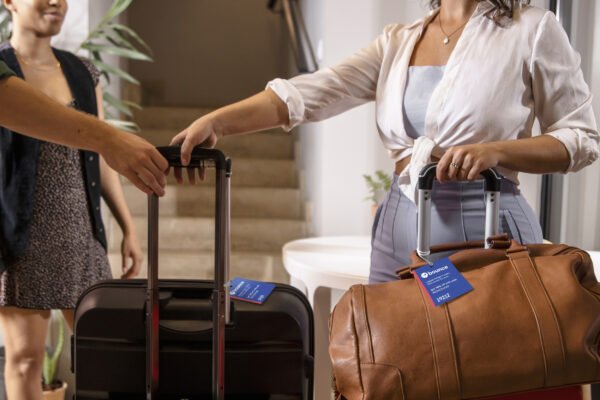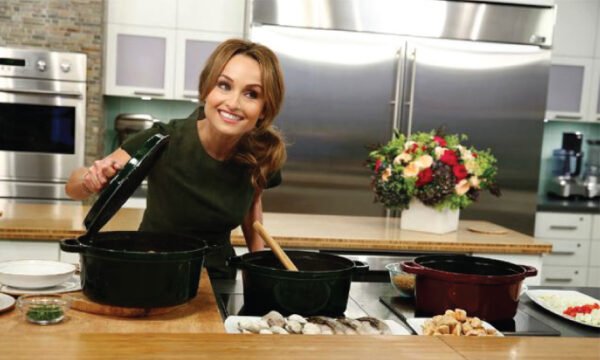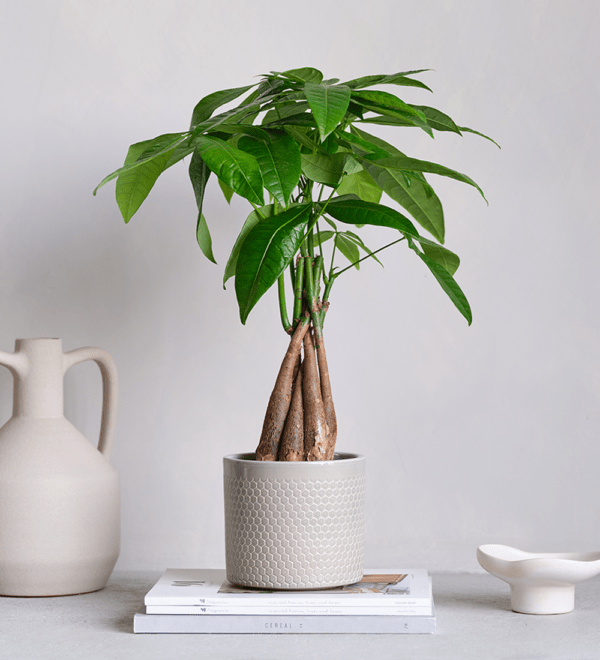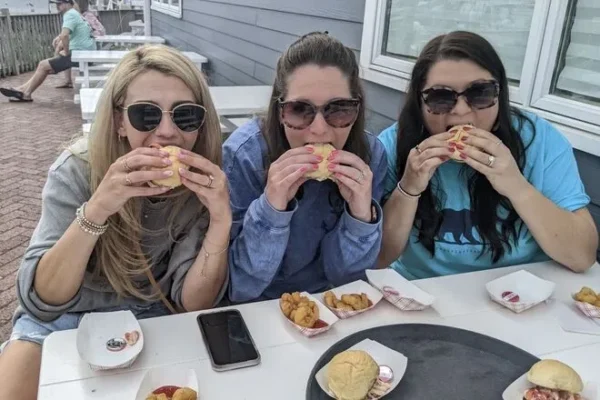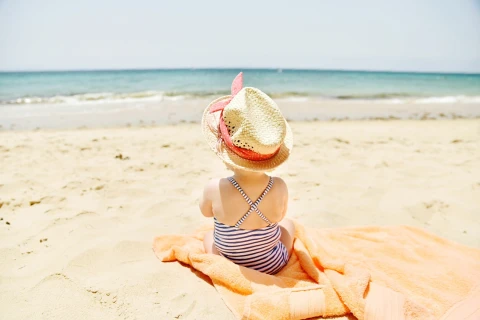
What Type of Learner is Your Child and How Do You Tailor HOW They’re Taught Accordingly?

As we enter 2020, parents will surely be wondering about ways they can help their children get the best academic start to the New Year. Children learn in varying ways but at times, classroom teaching can only offer a ‘one-size-fits-all’ overview of the syllabus.
So what are the different learning styles, and what should your teen do once they’ve recognised the particular ways they take in knowledge? It is important to remember that every teen is unique, and so is how they learn. As a result, we joined forces with the team at personalised tutoring service, MyTutor, and they revealed an ultimate guide to some of the ways our children learn.
1. The logical learner:
For mathematicians, physicists, architects and even the musicians out there, everything makes sense if it’s in a logical system. For these sorts of learners, categorising and sequencing different pools of information can help them break things down into systems they can remember.
2. The social learner:
Some kids learn best by discussing what they’re learning with others. This could be in the classroom, in small groups after school or in a pair with a friend. If they find topics tricky or need some extra help, lessons with a one-to-one tutor can be perfect for these sorts of learners.
3. The visual learner:
Visual learners understand things best by looking. If they can translate information into diagrams, illustrations or mind maps then it can help them remember what can seem like the trickiest topics. That could mean drawing quick illustrations next to words when language learning, or creating a visual timeline to remember historical dates and events.
4. The verbal learner:
If your child learns best by saying things out loud, they might be a verbal (also known as a linguistic) learner. This means that when it comes to tests and revision, they can memorise things by using rhymes, acronyms, and other word games to remember numbers, sums, languages, dates and anything else they need to learn.
5. The physical (or kinaesthetic) learner:
These guys remember things best when their bodies are engaged – not just their minds. Sitting still can be particularly hard for physical (also known as kinaesthetic) learners, and often they’ll have a sporty side too. To optimise their learning, weaving in activities such as practical experiments for subjects like Biology and Chemistry is a great way to make new knowledge soak in. For written subjects such as English, History, Politics or languages, highlighting, note-taking and making flashcards can help them engage better and remember.
6. The solitary learner:
Some kids study best on their own where they have the space to fully focus and think deeply about what they’re learning. If this sounds like your teen, it’s extra helpful for them to have a desk in a quiet corner of their house (if possible!) where they can knuckle down. Their school library or the public library can also be a really useful place for them if they want to get out of the house too.
7. The auditory learner:
If your teen takes in knowledge best by listening, they could be an auditory learner. This learning style lends itself well to classroom learning, as well as audiobooks and podcasts in their own time. They could try recording lists of quotations for English Lit and vocabulary for French and Spanish before listening back to soak in the knowledge.






